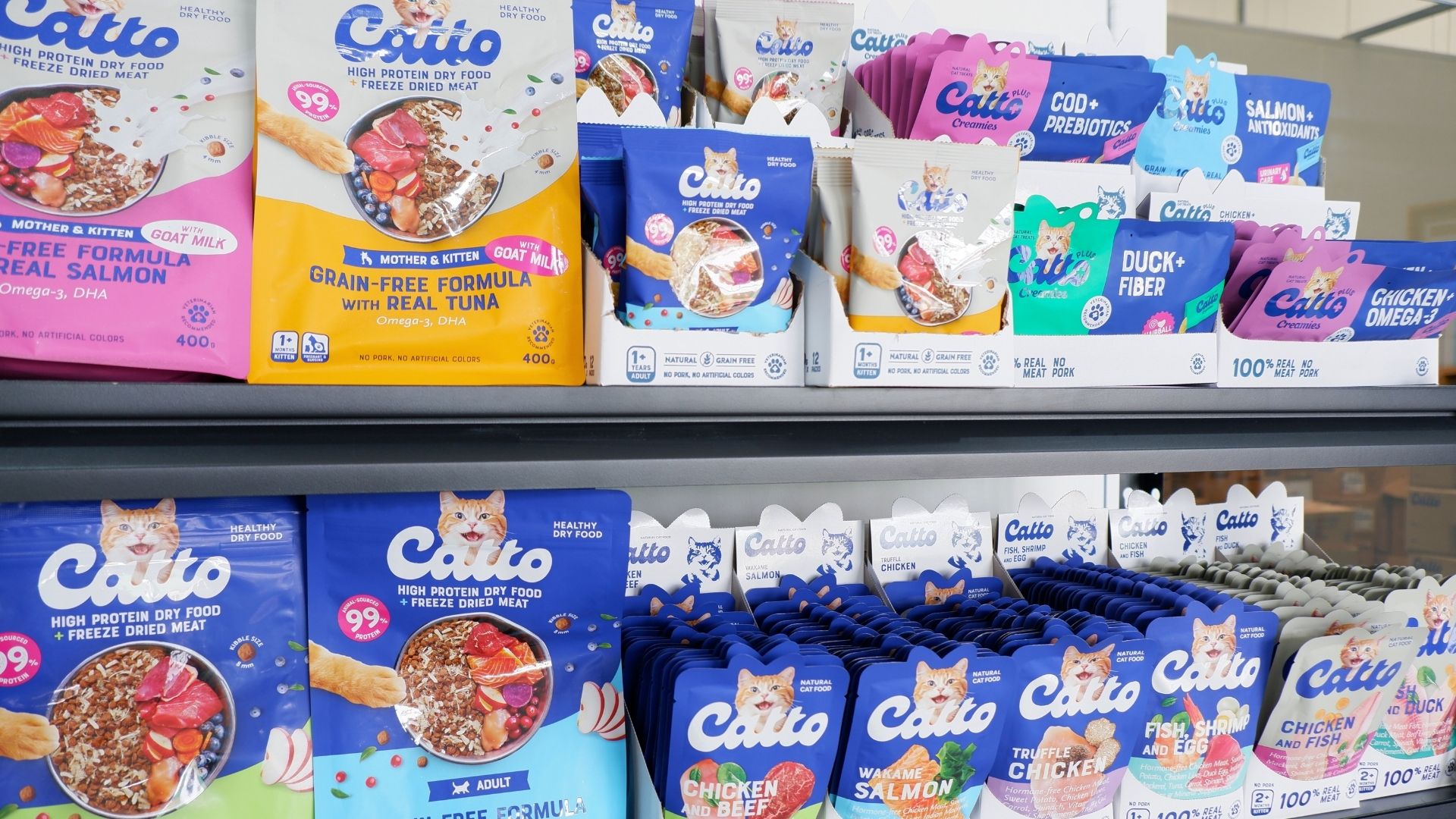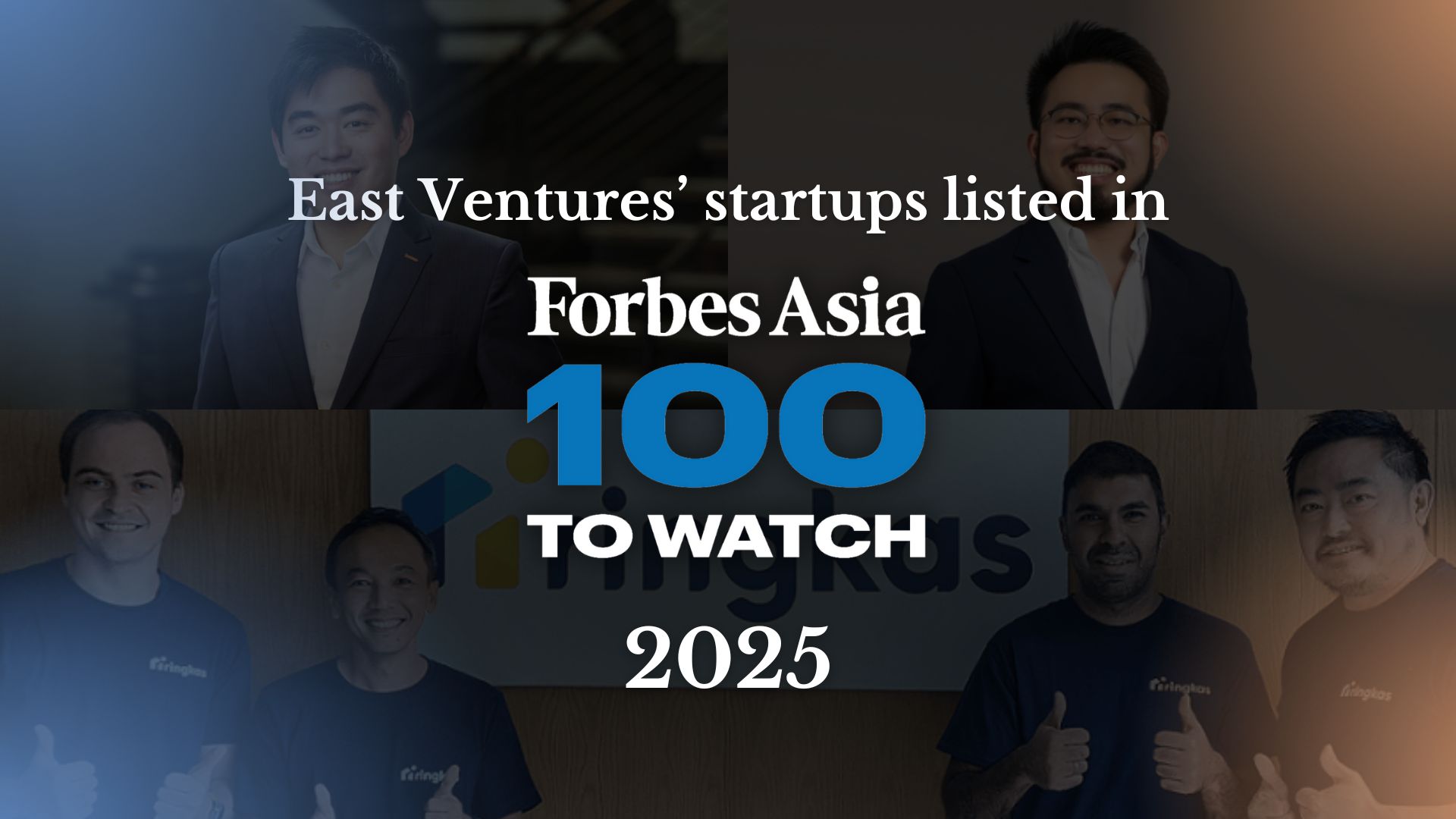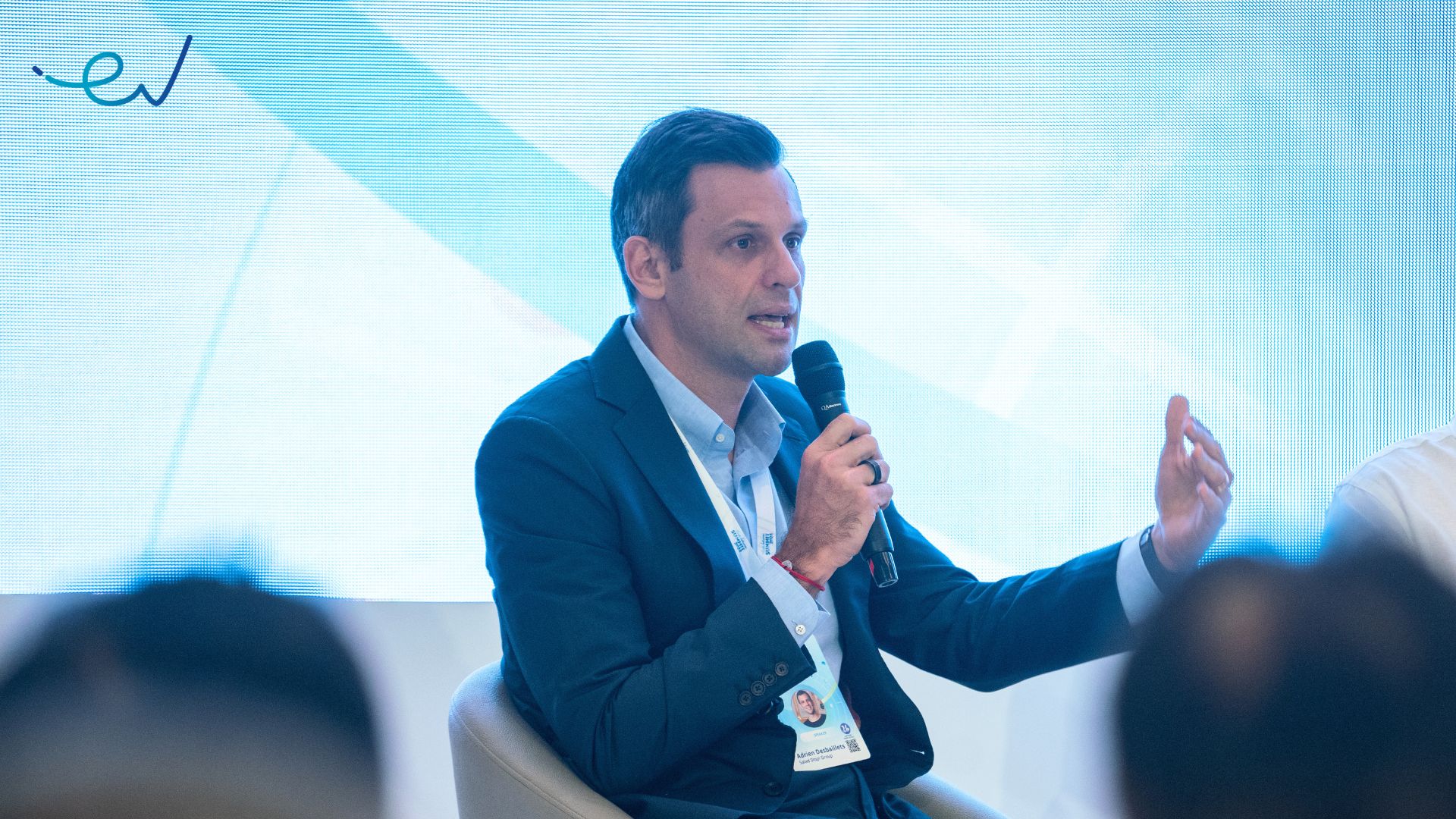In 2021, the value of Indonesia’s digital economy has reached US$ 63 billion and continues to grow and is expected to reach US$ 360 billion in 2030. How do startups play an important role as a catalyst for digital economic growth?
In the growth of the digital economy, what we do as a catalyst is to accelerate the flow of information and relate it to existing problems. In the logistics sector, we get information faster so we can improvise from a planning perspective. We can also find out where the warehouse is full or the port is waiting in line, then we can arrange a better plan.
This will also be done in other industries. Information acceleration helps us to make data-driven decisions. We cannot innovate when the necessary information and data are unknown. The point is to increase visibility among stakeholders so that the distribution channel is smoother throughout Indonesia. This of course will also help all existing MSMEs.
The global economy is facing a multidimensional crisis or perfect storm due to the global recession, energy crisis and geopolitical tensions. What strategies have Waresix prepared to deal with these conditions?
Indonesia is a country abundant in energy and commodities which became one of the world’s pillars during the global energy crisis. Waresix as an actor in the logistics sector, tries to help goods owners, transporters, or brands to view logistics as an advantage. When there is a disruption in the world’s supply chain, Indonesia is also affected.
When logistics actors cannot assist producers in distributing products optimally, it will have a major impact on producer opportunity costs. Waresix as an integrator is focused here on helping all Indonesian industry players not to lose opportunity costs.
Essentially, our strategy outside of the macroeconomic conditions that are currently experiencing a crisis is to maintain a competitive advantage because logistics is the backbone of the economy. So as long as we maintain our competitiveness, we will achieve logistics efficiency and help businesses in the logistics sector.
In the midst of rapidly growing digitalization, physical and digital infrastructure are still uneven across Indonesia. How is Waresix taking advantage of this opportunity to promote digital equity and economic growth, especially in tier 2 and 3 cities?
Digital and physical infrastructure is a challenge. This causes differences in the price of the same goods in different places, especially tier 2 and 3 which will be more expensive. As a logistics integrator, what we have done has focused on network optimization. We try to provide sharing capacity and capability. With the comprehensive information and data that we have, it helps every business person to be able to share capacity when they ship goods.
With the uneven infrastructure conditions, Waresix has an important role in the logistics sector for economic equality to tier 2 and 3. The basic difference is that the price of the same item can vary in each region due to logistics costs. This is what Waresix can do regarding equity in order to minimize differences in the price of goods between regions.
What kind of collaboration is Waresix doing to develop a sustainable digital ecosystem?
Logistics efficiency. By building an efficient logistics ecosystem, Indonesia and domestic companies can be more competitive and recognized in the global market. So Waresix’s role is to promote economic growth in Indonesia itself, from logistics.
On the other hand, we also try to prosper or improve the way each logistics actor works and activities. We help them increase productivity and connect ecosystems with insurance, financial institutions, banking, fintech and procurement companies. This gives them access to digital platforms that they did not have before.
This also relates to infrastructure equity in the tier 2 and 3 regions, where Waresix has contributed to growing the digital ecosystem after equity.
The national logistics industry is still facing challenges in increasing the efficiency and effectiveness of business operations. As a logistics integrator player, what kind of support do industry players need to accelerate the transformation and increase the efficiency of the logistics system?
We all know that work methods in the logistics sector are conventional. The challenge is convincing them to be more open to new methods. This is helped by the presence of a pandemic, which forces them to adapt to digital in order to be more efficient. In the logistics sector, this is also insufficient. They previously refused to try digital work methods, but we attempted to assist them in adapting.
Businesses in the logistics sector must help us by being open to new ways of working. Such openness will boost efficiency for all parties.
The government will continue the development of the National Ecosystem Logistics until 2024. How do you see the implementation that has been going on until now and what forms of policy are still needed from the logistics player’s point of view?
I strongly support any effort by the private sector or the government to make positive changes. We are linked to a number of platforms that have been set up to support them on the backend and execution side. However, each ecosystem created by the federal and state governments may be different.
It’s a good move, but they should be able to better understand how to integrate it well. It doesn’t matter if many regions create their own ecosystem as long as they have a grand plan, because it will help us in terms of execution. When they can consolidate information, of course, it will help with overall planning.
Resilience depends on the ability to adapt in the midst of various conditions, even when disruption occurs. What are the business models and digital talent needed to continue to unlock new digital economy potential?
From the start, our approach has been to solve the problem of unproductive assets in the Indonesian logistics ecosystem. As long as we really do problem-solving, of course, it will provide value to those we serve. So as long as we stick to the principles, we will still get benefits and a sustainable business.
Therefore, we build a team with logistics expertise from diverse backgrounds. HR with logistics expertise to assist operations, HR with technology expertise to assist development, and HR with problem-solving expertise to provide integrated solutions. So the point is to always adapt to every change and take into account efficiency.
The agenda for inclusive digital economic growth is also characterized by alignment with SDGs through the application of ESG, how is it implemented in Waresix and what are the challenges faced?
We reduce carbon requirements by streamlining the supply chain and minimizing the distance traveled to reach consumers. The social impact of this efficiency is helping logistics partners to be more efficient and increase monthly income. This is also related to wealth distribution because it raises truck entrepreneurs’ standard of living.
Has there been any change in the logistics tech sector after the pandemic? What are the challenges faced by players in this industry?
The impact on logistics volume is supply disruption. Currently, conditions have started to return to pre-pandemic levels. It is more consumptive in terms of e-commerce and retail. Increases in inflation, interest rates, and fuel prices are all having an impact on consumer buying decisions. However, businesses and industries will continue to produce in order to grow because this is their opportunity to export.
Our prediction is that the retail sector will decline, but certain other sectors will grow significantly. We attempt to take advantage of this chance by reaching truck owners and suppliers to help our customers with the distribution or logistics process.
The logistics industry is basically a derivative of trade that is always changing. What is the role of digitalization in maintaining the availability of manpower?
We tried to change the work methods of all transportation partners from the beginning of our market penetration. There are open partners, and there are those who stick to their methods. We encourage those open partners to focus on specific sectors that are in high demand.
However, every sector has to experience a cycle of ups and downs. We can identify partners who can handle specific areas with digitalization and an understanding of distribution network mapping. When they handle this, it means we are helping their business in remaining sustainable. On the other hand, as they handle more work, their earnings increase. This means that we also try to help them with wealth distribution at the company at small and medium levels.
Download the EV-DCI 2023 here.







